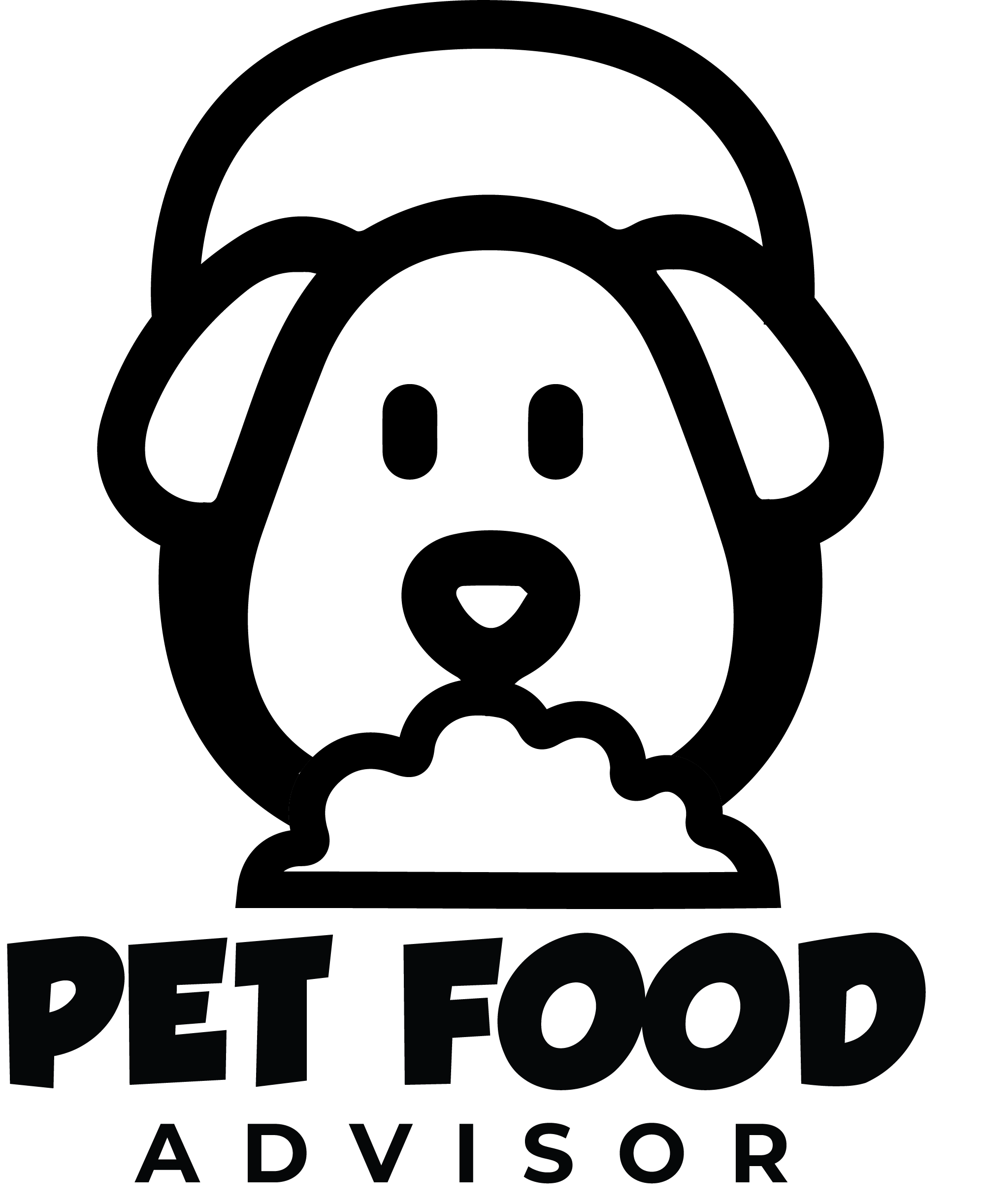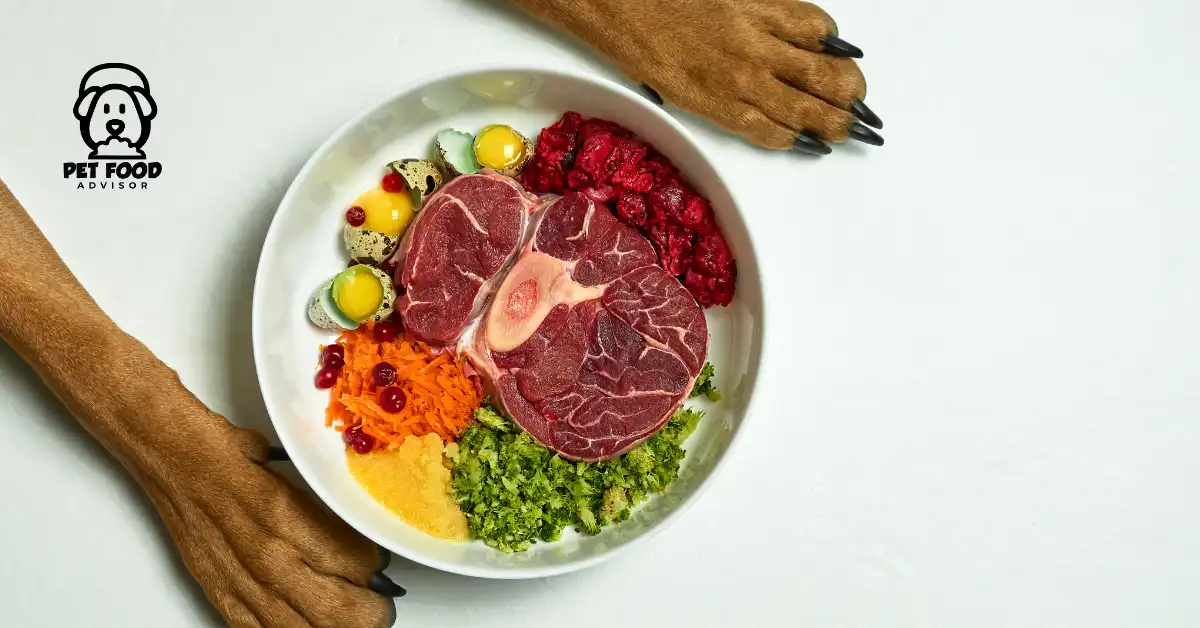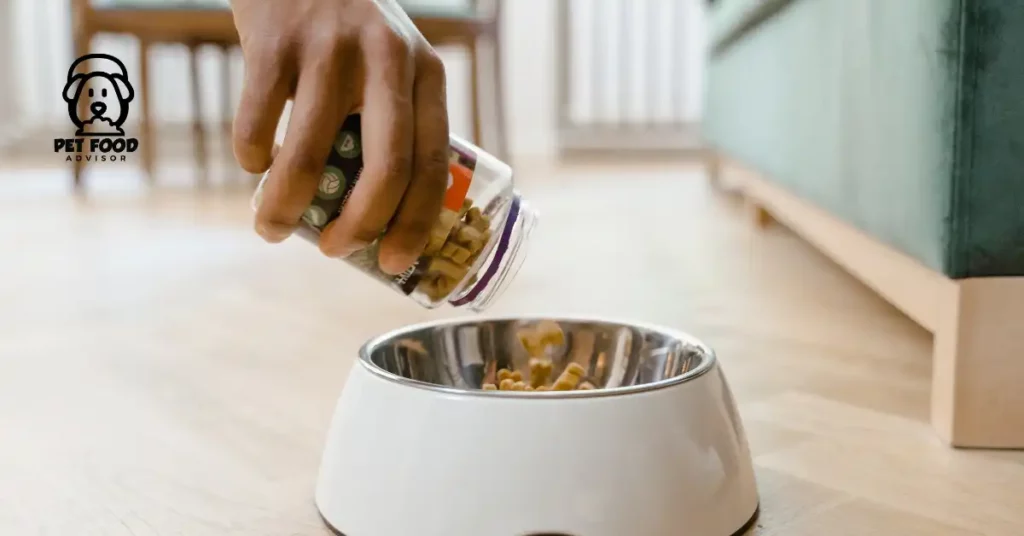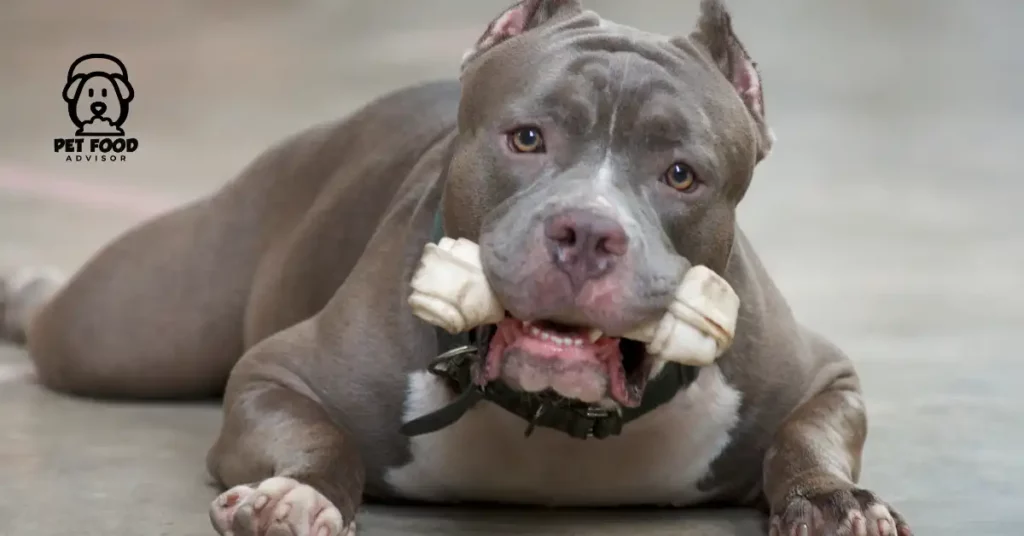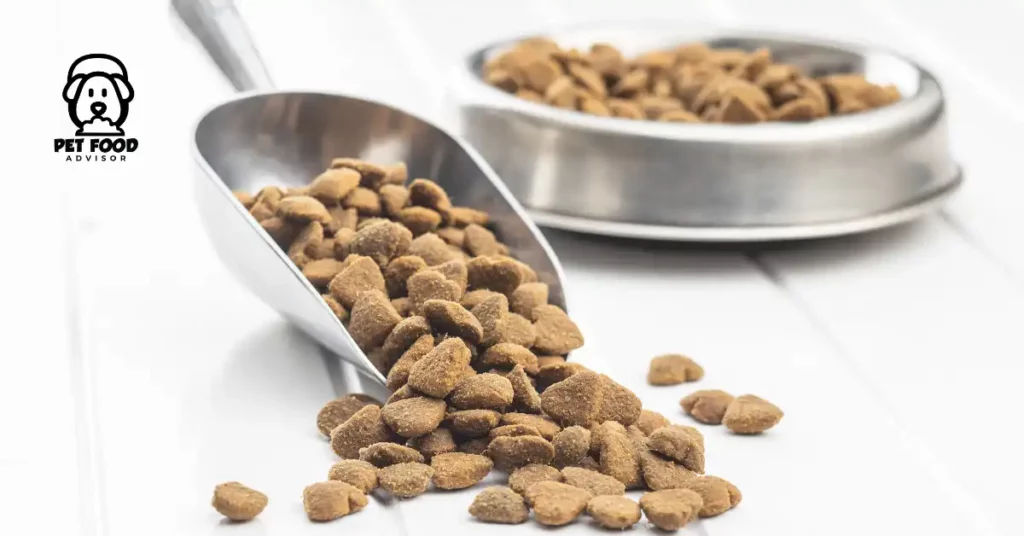Revealing The Best Barf Diet For Dog Recipes
The BARF diet is known as “biologically appropriate raw foods,” or we also call it “bones and raw foods.” It means we give raw, fresh meat and bones for the meal. It can also include fresh fruits and vegetables, dairy, whole grains, and essential vitamins and minerals. Barf diet for dog recipes mirrors how dogs would naturally eat in the wild. This dog diet usually has more protein than dehydrated commercial pet foods. Because the ingredients are not processed, this diet avoids unnecessary additives, lowering the chances of allergies, intolerances, and weight gain from carbs and fats.
All the pet owners want to know that how the Barf diet is beneficial for their health and growth. By reading further you can explore the barf diet recipes for dogs.
Different Types of Raw Food Feeding Options for Dogs
Dogs have different types of raw food diets, and I like to tell you those in detail. Because as a pet owner, I know how much owners are concerned about their dogs’ health. They want their dogs to remain healthy and energetic. But this is only possible if they take good diel. We can give our dogs raw pet food, which means ingredients that are not cooked or processed. To be considered natural, no ingredients should be heated, and the food should be kept between 32°–42°F until served. Raw diets can come in various forms:
Fresh and Unfrozen
These diets use fresh ingredients that haven’t been frozen or cooked.
Freeze-Dried or Air-Dried
Some raw diets are preserved by freeze-drying or air-drying to retain nutrients.
Read More: 5 Best Affordable Air Dried Dog Food
Prepared at Home or Commercially
You can make raw diets at home using fresh ingredients or buy them from stores.
There are a few well-known types of raw diets
The BARF Diet
This diet aims to create a balance between animal and plant ingredients. You can find pre-made BARF formulas in pet stores.
Raw Meat-Based Diets (R.M.B.D.s)
These diets mainly consist of uncooked animal tissues, organs, and bones. Sometimes, you might need to add supplements for proper nutrition.
Read More: Benefits of Adding Beef Kidney For Dogs Diet
The Prey Model Diet
This diet closely imitates how dogs eat in the wild. Dogs are fed whole prey animals like rabbits and chickens, providing all the needed nutrition from the animal itself.
Each type of raw diet has its approach and considerations, customized to different preferences and nutritional requirements.
Advantages of Feeding Your Dog a BARF Diet
When you choose a BARF diet for your dogs, there are many advantages.
Preserved Nutrients
BARF diets keep all the nutrients unharmed since they don’t involve heat processing. When you give your dog uncooked food, it means giving your dog complete nutrition. This is especially important for protein, which fuels a dog’s energy and supports muscle strength and overall tissue health. Unlike heat-processed dog foods, where protein effectiveness can decrease, BARF diets retain the natural power of protein.
Efficient Energy
Dogs can’t store protein, so much of their food is processed as waste if it isn’t efficient. BARF diets provide the needed energy, leading dogs to eat less at each meal. Their bodies get the required power without the urge to consume more food.
Better Health Benefits
Unlike commercial grain-based foods, BARF diets offer more significant health benefits. Barf diet improve the digestion, weight control and reduce allergies. By using these diet for dogs it improve dental and urinary health, and more energy are all benefits. Additionally, BARF diets can help reduce stress and anxiety in dogs.
Selecting a Well-Balanced B.A.R.F. Diet
A raw diet offers numerous health advantages, but there needs to be more concern about maintaining the right balance. Many dog owners aim to prepare raw meals, which is good for them. But if you need the proper knowledge of harmony in essential nutrition, this may lead to deficiencies and potential health issues.
Raw Bistro is a company that gives the surety to give raw dog food recipes to provide the most nourishing diet possible. They only use USDA-inspected and human-grade ingredients. Each meal is carefully formulated to properly balance all components, particularly vital vitamins, minerals, and other micronutrients.
Some companies incorporate generic vitamin and mineral supplements into their products. The challenge lies in the natural variations of these nutrients between meat sources like chicken, turkey, and beef. At Raw Bistro, they take a precise approach. They fine-tune the supplement mixture for each entree to optimize micro-nutrients.
Getting Your Dog Started on a BARF Diet
Meat is vital to a BARF diet; you can also include fresh produce. You must only remember to blend, steam, or finely chop the produce since dogs can’t process raw veggies as effectively as humans.
To initiate a BARF diet for your dog, follow these easy steps:
Gradual Introduction
Over 7–10 days, gradually transition your dog to the BARF diet or any new diet. Begin by adding a small amount of raw food to their current diet. Slowly increase the proportion of raw food until their entire meal consists of natural ingredients or a mix of minimally processed options.
Stick to Their Routine
Maintain your dog’s regular feeding schedule. If they’re accustomed to two meals daily, continue that routine.
Portion Control
For adult dogs, it is good to feed around 3% of their body weight daily. You can refer to a feeding chart to help you measure the right portions.
Whole Cuts of Meat
There’s no need to cut the meat into tiny pieces. Allowing your dog to tear into more significant cuts of meat promotes teeth cleaning and adds an element of activity to their mealtime. Adjust the size of the meat pieces for smaller dogs.
Properly Prepare Fruits and Vegetables
While blended raw produce is beneficial, you can also steam fruits and vegetables. Steaming helps with nutrient absorption and makes them easier to digest. Avoid foods harmful to dogs, like avocados, onions, or grapes.
Read More: Benefits & Risk Of Barley Grain For Dogs
Control Starch Intake
While small amounts of potatoes and rice are acceptable, excessive consumption of starchy and carb-heavy foods can lead to weight gain in your dog.
Manage Fat Intake
Avoid overloading your dog with fat, contributing to weight gain and digestive issues. Offer dairy and fish in moderation or as occasional treats.
Ensure Adequate Calcium
Calcium is crucial for your dog’s bone and dental health. While bones are a primary source of calcium in the BARF diet, many animal proteins and vegetables also provide this essential nutrient. You can even supplement with crushed eggshells.
Proper Food Storage
Keep raw foods between 32° and 42°F to prevent spoilage. Seal foods tightly and freeze them until serving. Thaw small portions in the refrigerator or at room temperature.
Monitor Stool Consistency
Pay attention to your dog’s stool. If it’s too soft, consider adjusting portions or ingredients in the diet. Aim for small, solid stools as a sign of a balanced diet.
Stay Consistent
Disruptions to the diet can lead to issues like itchy skin or irregular bowel movements. Adjust as needed, but give your dog time to adapt to the new diet.
Conclusion
Barf diet for dog recipes involves providing wholesome, natural ingredients. This raw food approach can offer benefits like improved digestion and coat quality. Balancing the diet with meat, bones, organs, and vegetables is crucial, ensuring essential nutrients. However, risks exist, such as bacterial contamination, demanding careful food handling. Pet owners embracing the BARF diet should consult vets for guidance and monitor their dog’s health. While this feeding method suits some dogs, weighing the pros and cons before making the dietary shift is essential. The BARF diet emphasizes a more natural feeding approach for our dogs.
